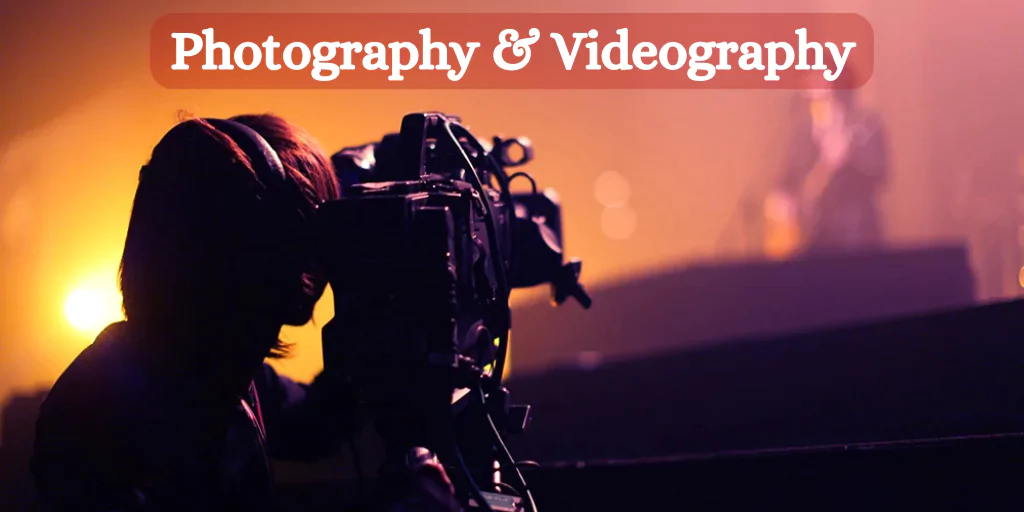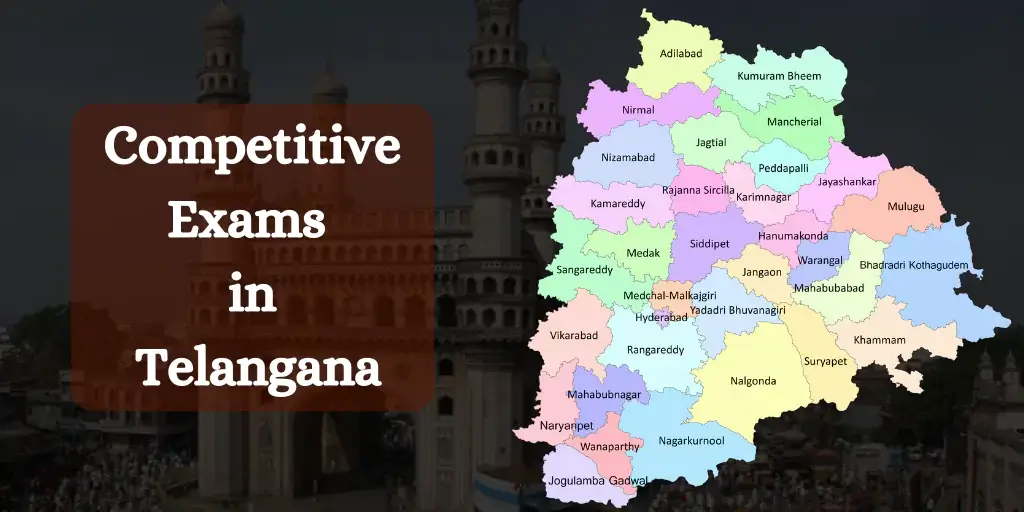Photography & videography have evolved into more than just creative hobbies in the age of social media, digital content, and visual storytelling; they are now required talents for communication, marketing, and professional use. Understanding the fundamentals is the first step toward capturing life’s priceless moments, creating material for YouTube, or aspiring to be a commercial photographer or filmmaker.
This tutorial is intended for novices who wish to begin their journey into the exciting world of photography and filmmaking.
What is Photography?
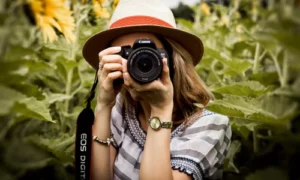
Photography is the art of capturing light with a camera to create images. It involves not only technical skills but also a creative eye to frame and compose shots. Whether it’s nature, portraits, products, or events, photography helps freeze moments in time.
Key Types of Photography:
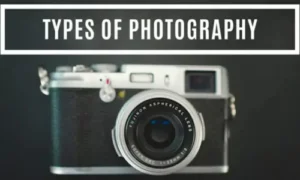
- Portrait Photography
- Landscape Photography
- Wildlife Photography
- Product Photography
- Fashion & Editorial Photography
- Event Photography (weddings, parties, etc.)
What is Videography?

Videography is the process of capturing moving images using video cameras. It combines storytelling, sound, motion, and editing. It’s used in films, advertisements, music videos, YouTube content, and more.
Popular Types of Videography:

- Documentary
- Wedding Videography
- Vlogging
- Promotional Videos
- Short Films & Cinematic Videos
- Educational or Explainer Videos
Essential Equipment for Beginners
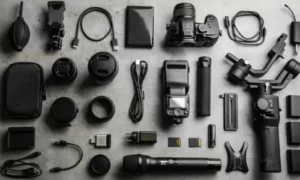
You don’t need the most expensive gear to get started. Here’s what you need:
A. For Photography:
- DSLR or Mirrorless Camera (e.g., Canon, Nikon, Sony)
- Lenses (Standard, Zoom, Prime)
- Tripod
- Memory Cards
- Editing Software (like Adobe Lightroom)
B. For Videography:
- Camera with video capability (DSLR, mirrorless, or smartphone)
- Microphone (shotgun or lapel mic)
- A gimbal or tripod for stability
- Lighting kit (for indoor shoots)
- Video Editing Software (Adobe Premiere Pro, DaVinci Resolve)
Also See: Top 10 short-term courses after 12th
Basic Concepts You Should Learn
A. Photography Concepts:
- Aperture – Controls the depth of the field and light
- Shutter Speed – Freezes or blurs motion
- ISO – Affects brightness and grain/noise
- Composition – Rule of thirds, framing, symmetry
- Lighting – Natural vs artificial light
B. Videography Concepts:
- Frame Rate – 24fps (cinematic), 30fps (standard), 60fps (smooth motion)
- Resolution – 1080p Full HD, 4K, etc.
- Camera Angles – Wide shot, close-up, over-the-shoulder
- Sound Design – Clear audio and background music
- Editing Basics – Cutting, transitions, colour correction
C. Courses & Learning Resources
- You can learn online through free and paid resources:
- YouTube Channels – Peter McKinnon, DSLR Video Shooter, Mango Street
- Online Platforms – Udemy, Coursera, Skillshare, Domestika
- Workshops – Join local or online photography/videography workshops
D. Career Opportunities

With the growing demand for digital content, skilled photographers and videographers are in high demand. Career options include:
- Freelance Photographer/Videographer
- Wedding/Event Photography
- YouTuber or Vlogger
- Content Creator for Brands
- Social Media Manager
- Film Editor/Director
- Visual Storyteller
E. Beginner Tips for Success
- Start with what you have – even your smartphone.
- Practice daily – the more you shoot, the better you get.
- Study others’ work – learn from professional creators.
- Experiment with lighting and angles.
- Edit your work – good post-processing makes a huge difference.
Conclusion
Photography and videography are powerful forms of expression and storytelling. As a beginner, all you need is curiosity, a creative mindset, and consistent practice. With the right skills and a bit of passion, you can turn your hobby into a profession or a side hustle.
Now is the perfect time to grab your camera, start clicking, shooting, and exploring the world of visual content creation!


